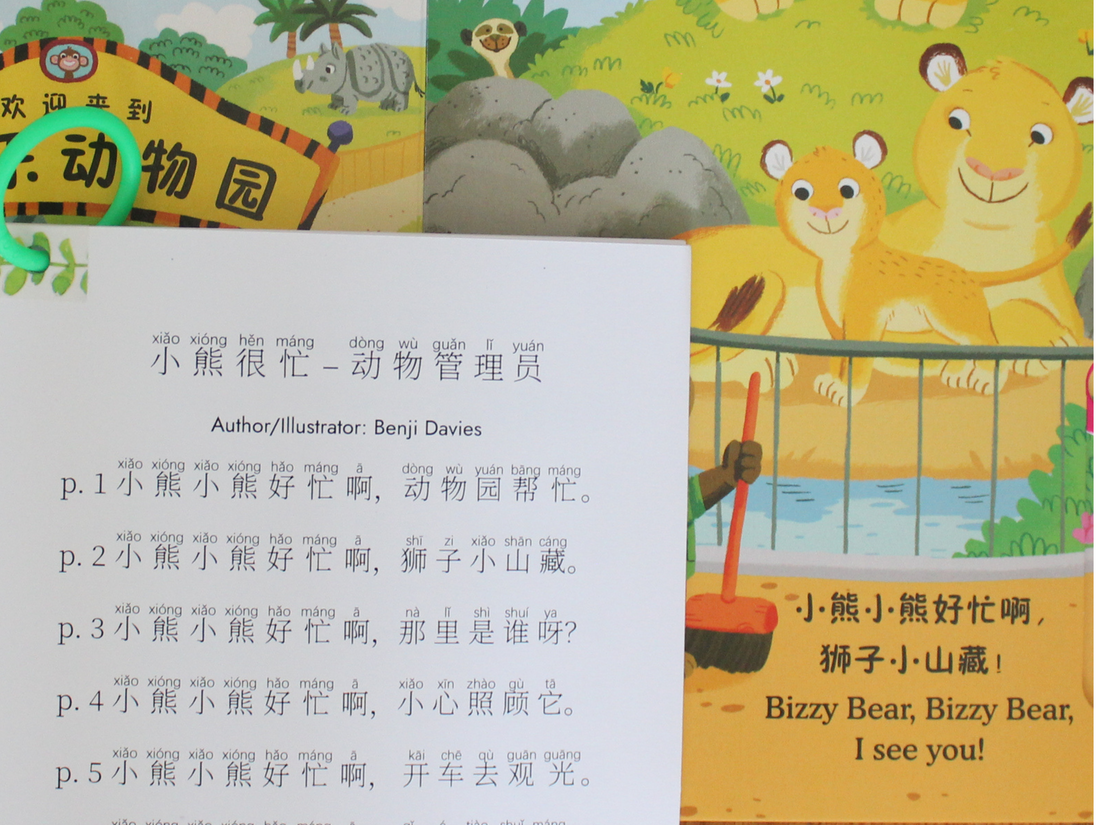
How to Read to Your Kids in Chinese (Even If You’re Not Fluent!)
Share
Why It’s So Hard to Find the Right Chinese Books for Kids
I started Lotus Leaf Books because I struggled to find easy to read, high quality Chinese children’s books for my daughter. I found books that:
- Used complex vocabulary, requiring me to rely on Google Translate.
- Had pinyin but were too advanced for a baby or toddler.
- Focused only on vocabulary rather than storytelling.
- Were flimsy softcovers, not durable for little hands.
- Contained unrelatable themes or outdated morals.
-
Felt overly preachy instead of fun and engaging.
Is it too much to ask for a Chinese board book for babies and toddlers that has Chinese characters, pinyin and a good story? We've curated a list of Chinese board books (including bilingual Chinese and English) here at Lotus Leaf Books
How Pinyin Helps Parents Read Chinese Books More Easily
I consider myself a proficient Chinese speaker and reader - not at native level, but capable of reading at a middle school level.
I am, however, fluent in pinyin :) Pinyin is valuable in helping readers figure out characters they might not be familiar with. Without pinyin, I had to look up every unfamiliar character in a dictionary or on Google Translate.
Why Aren’t More Chinese Books Printed with Pinyin?
Pinyin is similar to phonics in the English language - most useful for early readers who are still learning characters.
As a result, if you find Chinese books with pinyin, the books are most likely “bridge books” and targeted at early elementary age. The issue with this, as a parent of a younger child, is that these aren’t necessarily age appropriate or interesting books for your toddler or young child. Bridge books are less likely to have beautiful illustrations or rhyming text. They’re also more likely to cover more complex topics and are more likely to be paperback, as opposed to sturdy board books or hardcover books for toddlers and young children.
Chinese publishers rarely print baby/toddler books with pinyin because their primary audience—native Chinese readers—doesn’t need it. Pinyin also takes up extra space and requires special formatting, making it less appealing for publishers
Where to Buy Chinese Books with Pinyin for Kids
There are a growing number of Chinese American and Chinese diaspora authors who have taken matters into their own hands, authoring bilingual Chinese English books with pinyin.
How Lotus Leaf Books Helps Non-Fluent Parents Read in Chinese
Lotus Leaf Books adds even more books to the mix by including a separate pinyin guide with the books that we sell. This way, we can expand the selection of books available to non-native readers.
Do you wish there were more Chinese books with pinyin for young kids? Share your experience in the comments! And if you're looking for beautifully illustrated, toddler-friendly books, explore our curated selection at Lotus Leaf Books
